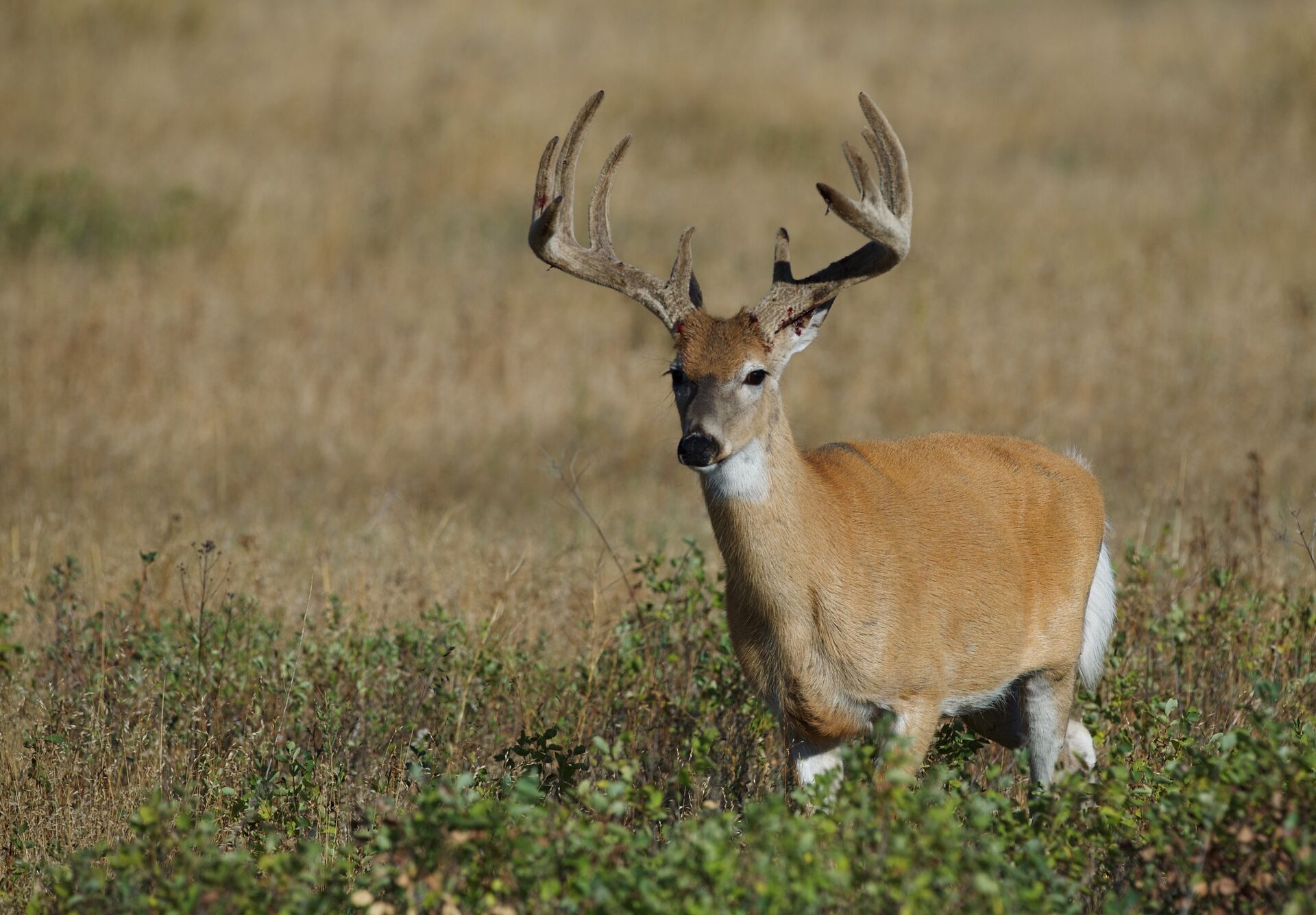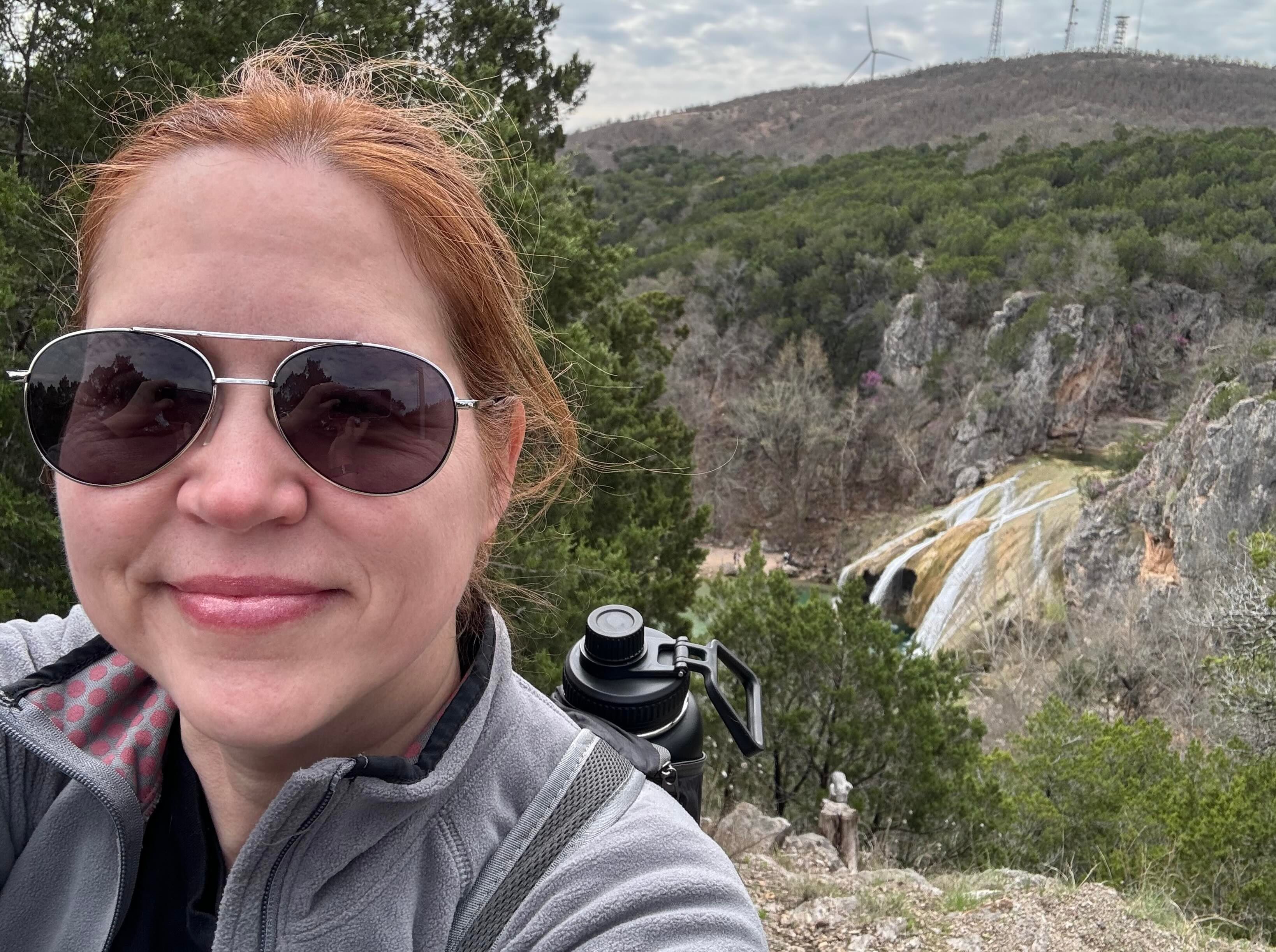From their intricate digestive system, designed to break down all manner of plant materials, to the muscular composition that allows deer to climb and run with impressive power, there's a lot to learn.
Today, we tackle one of the more interesting features of deer anatomy: velvet on deer antlers. Let's look at ten facts to help better shape your understanding and inform your fall hunts.
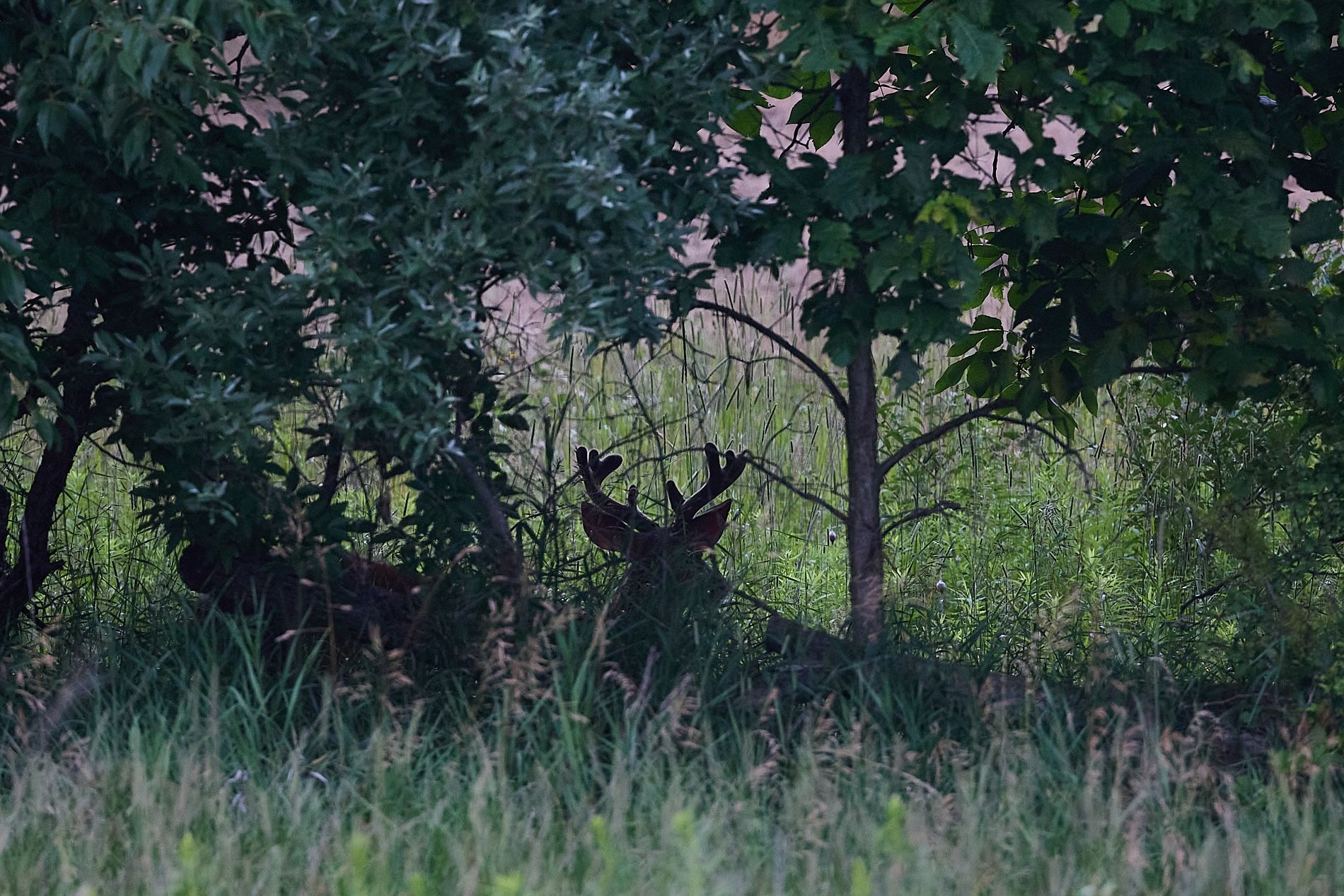
Top 10 Facts Hunters Should Know About Whitetail Velvet on Deer Antlers
Why do deer have velvet? What is velvet? Let's look into some interesting facts to cover these questions and more.
1. What Is Velvet?
Velvet is a soft and delicate membrane that covers the growing antlers of a deer. It contains blood vessels and nerves that nourish the developing bone underneath.
2. Why Do Deer Have Velvet?
Velvet provides essential nourishment to antlers as they develop through an intensive growth phase.
The velvet is packed with blood vessels that deliver oxygen, nutrients, and minerals such as calcium and phosphorus to the primarily bone antlers, allowing them to develop both in length and branch development at an astonishing rate. Velvet ensures the base is there to support one of the fastest-growing bones in the animal kingdom, keeping them healthy.
Additionally, velvet provides an extra layer of protection and navigational aid, as the nerves provide sensory feedback to the deer, allowing them to avoid obstacles.
3. Velvet Season is Summer Season
Velvet growth typically begins around early summer (occasionally late spring) and will last for about three months.
By late August or early September, most bucks begin shedding the velvet. However, the velvet growth timeline can differ due to factors such as the species, location, genetics, nutrition, environmental conditions, and habitat.
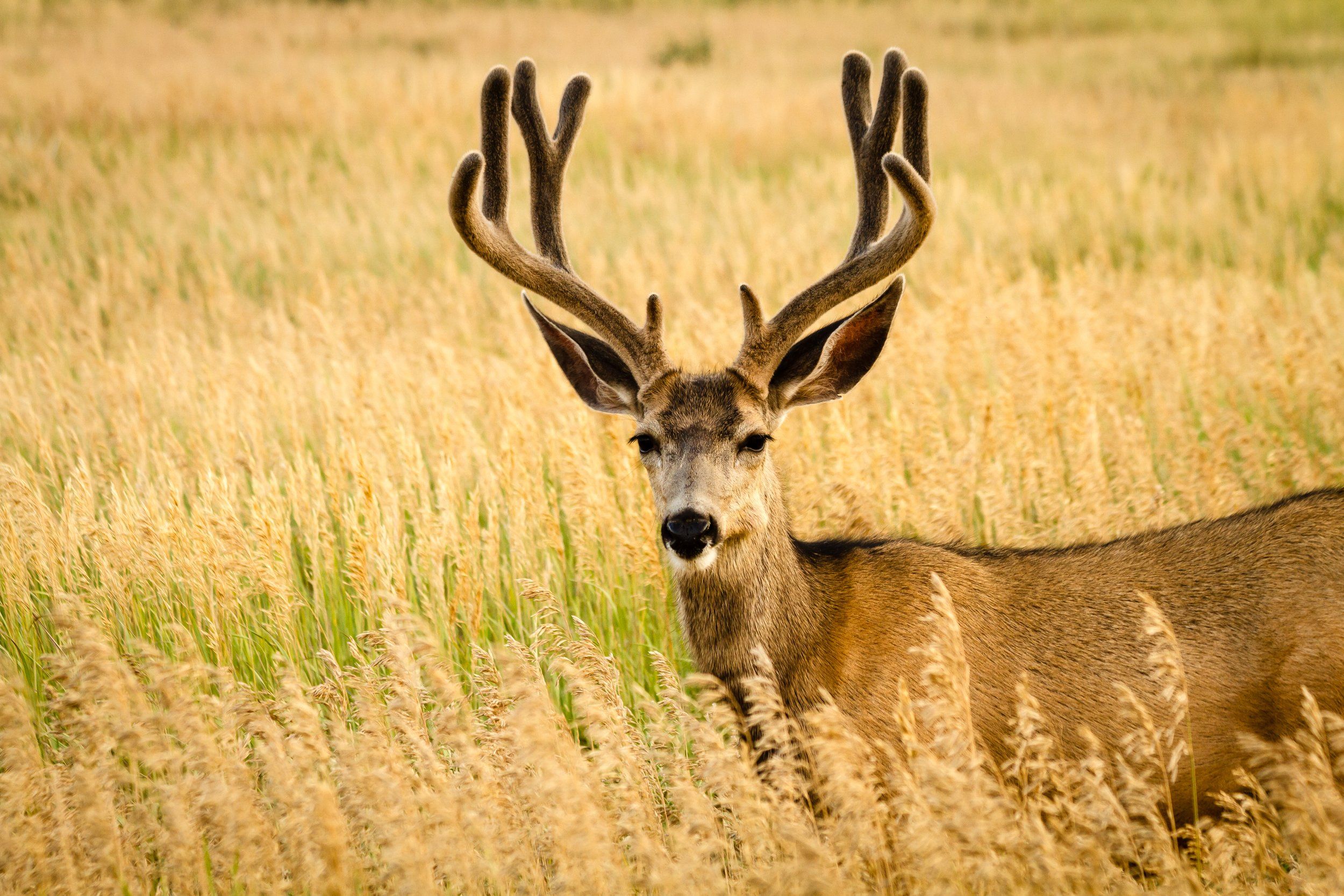
4. It's Packed With Nutrients
Velvet is a living and nourishing system that delivers nutrients and minerals to the essential bone tissue below. As the onset and development of growth are both rapid, bucks need a good diet (including minerals, protein, and hydration) during summer to support this extreme growth.
Fortunately, velvet is rich in collagen, amino proteins, and essential nutrients. Aside from being essential for deer, velvet is also sold and regarded by some as a health supplement.
5. Antler Growth Happens Fast
Antlers are the fastest-growing bone material known to humans.
Bucks can grow up to a quarter inch of antler per day during peak velvet growth. Antler growth typically begins around April with a small 'bud' forming on the pedicle, and most of the development happens between May and August.
Peak growth is highly dependent on the nutritional intake of the deer and is a direct reflection of the overall physical condition of the animal at the time.
6. Velvet Sheds When Antlers Harden
If you've ever seen shedding velvet on deer antlers, it can be quite a striking scene. Although it may seem like a painful process due to the blood involved in the tissue, the shedding process typically causes only slight irritation to the animals.
Once the antlers reach full size and the bone underneath mineralizes, blood flow stops, and the velvet dries up and peels off — often within a few days. However, it can occur within a few hours.
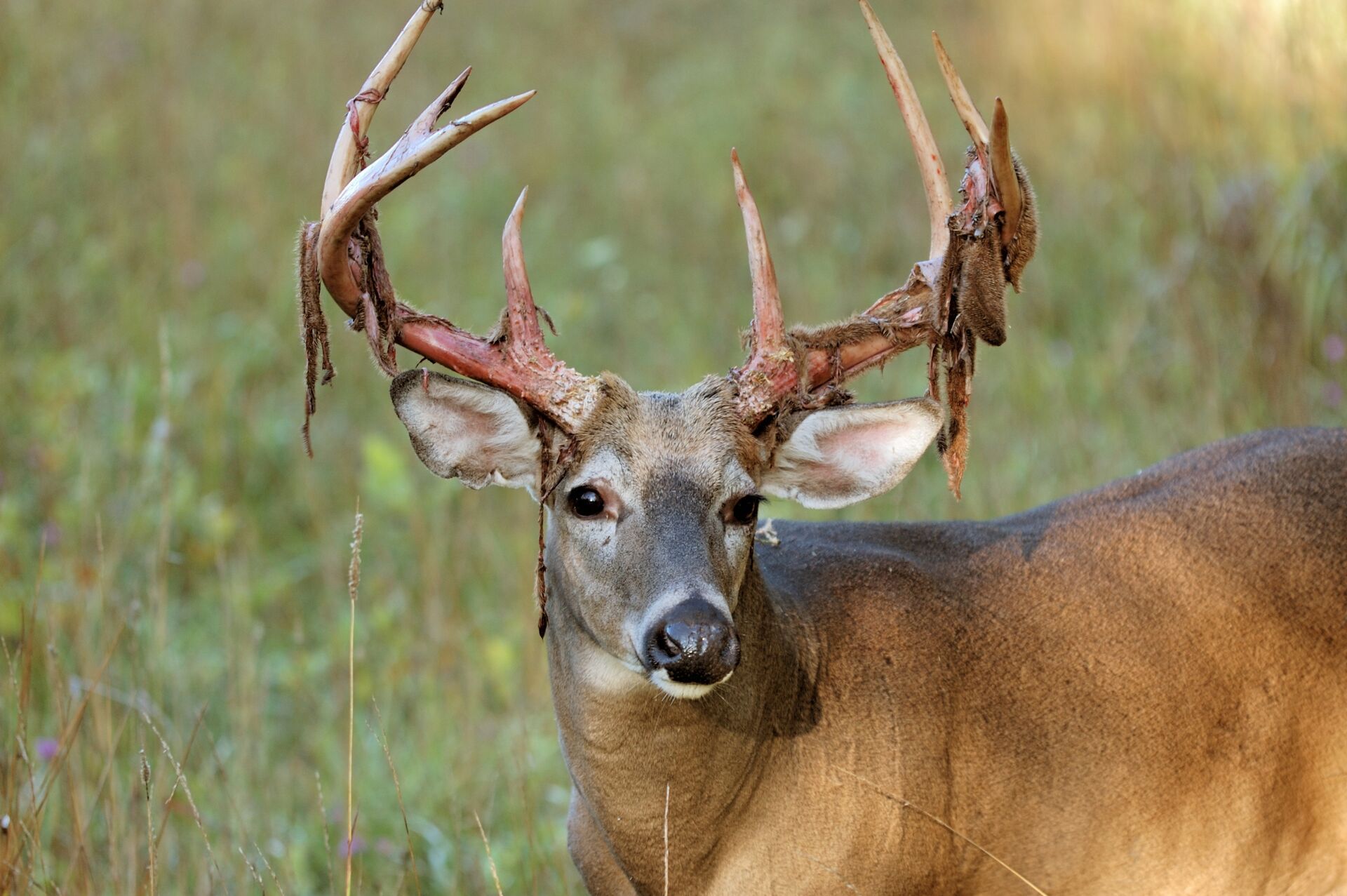
7. Bucks Rub Off the Velvet
To help remove the velvet, bucks will rub their antlers against trees, tree branches, shrubs, and brush. This also serves as a way to mark territory and condition their neck muscles.
Experienced hunters and outdoor enthusiasts will track these "rub lines," creating a movement pattern based on the rubbing behaviors and markings. Hunters can use this information to develop an ambush-style hunt during the rut.
8. Hormones Drive Velvet Shedding
An increase in daylight boosts testosterone levels in deer, signaling to them that it's time to start shedding. This process triggers the hardening of antlers and neck muscles, marking the start of pre-rut behavior.
9. Velvet is Sensitive and Vulnerable
Deer velvet, during the growth phase, is highly vascularized, meaning it has a rich supply of blood and nutrients, making it delicate and prone to injury. Bucks tend to avoid fighting or rough activity during this stage to prevent injury to the growing bone.
10. Velvet Hunts are a Unique Opportunity
Velvet hunts, such as whitetail deer velvet hunts in states like Utah, Kentucky, and Montana, permit early-season archery access to target velvet deer. This is sometimes available up to two months early, and while you may be hunting in unfamiliar conditions, this is a highly sought-after and prized hunting opportunity.
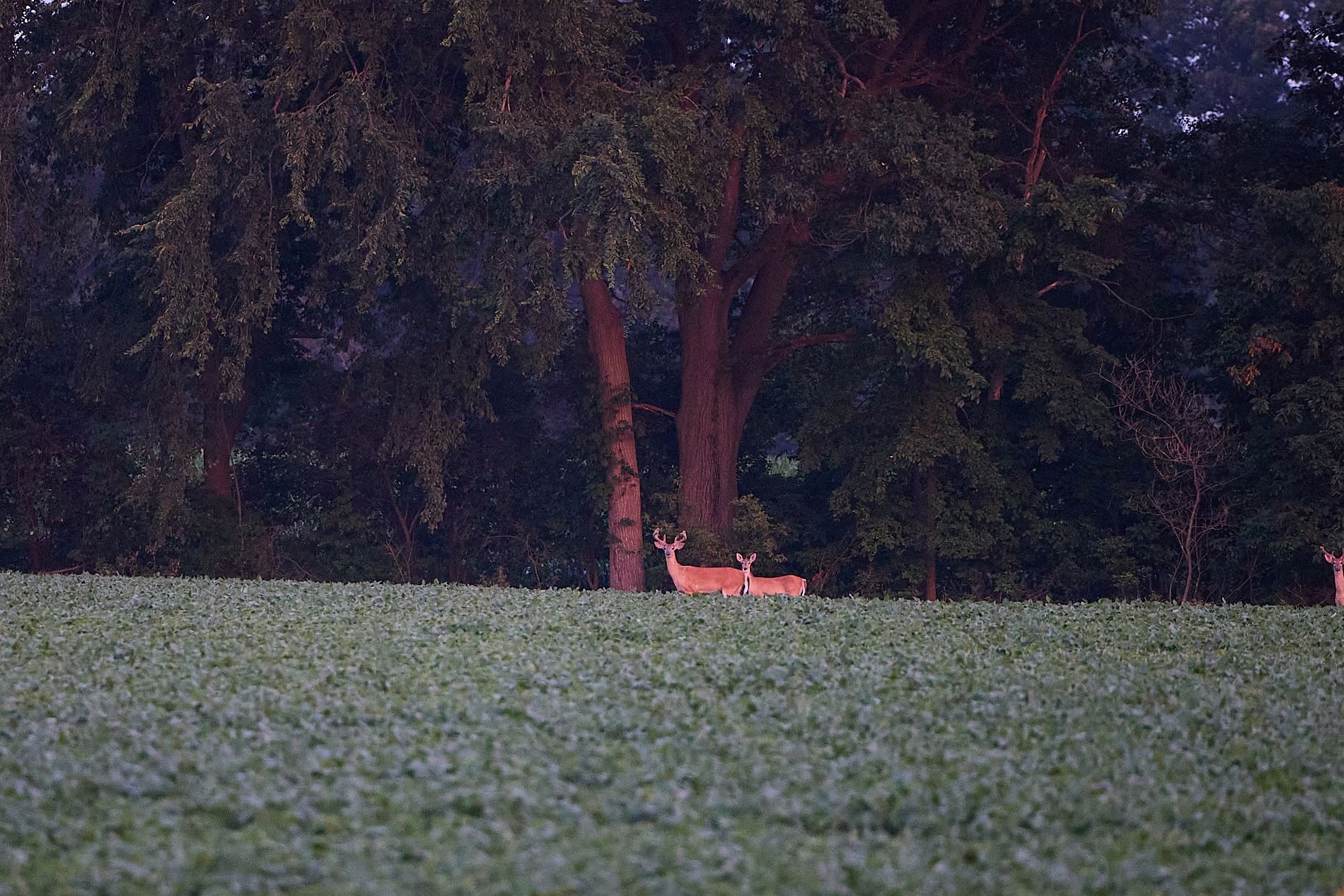
Why Hunters Should Understand Velvet
As hunters, every piece of knowledge, especially about biological processes, can only serve to make us more competent, ethical, and respectful of the game that we target. Here's how understanding velvet on deer antlers can help you plan more successful hunts.
Timing the Hunt
Velvet growth and shedding align with significant biological and hormonal changes in the deer, as well as seasonal changes in the environment. By understanding the velveting process, you can better plan early-season hunts and pattern deer behavior and movement using scrapings and signs of shedding.
Improved Analysis of Animal Health
Strong velvet growth and antler development are signs of the overall health and nutrition intake of the deer. By understanding what healthy velvet development is, you'll be able to target stronger and more highly conditioned deer, meaning better quality meat for the table.
Poor velvet and stunted antler growth can indicate an imbalance in the ecosystem due to mineral deficiencies in the diet. These observations are crucial for land managers, environmental departments, and hunters working to foster the growth of healthy deer herds and enhance overall deer health.
Ethical Considerations
Bucks in velvet are in a vulnerable state and are more susceptible to pain and sensitivity in the antlers. Additionally, velveting bucks can be more predictable and less wary of human presence.
Some hunters prefer to wait until the bucks have fully formed and hardened antlers, while others, especially those hunting for sustenance, see little difference. Ultimately, it's up to you.
Anticipating the Rut
Velvet shedding signifies the beginning of the pre-rut. During this period, bucks will start marking their territory with rubs and typically spend more time moving about, resulting in increased daytime sightings.
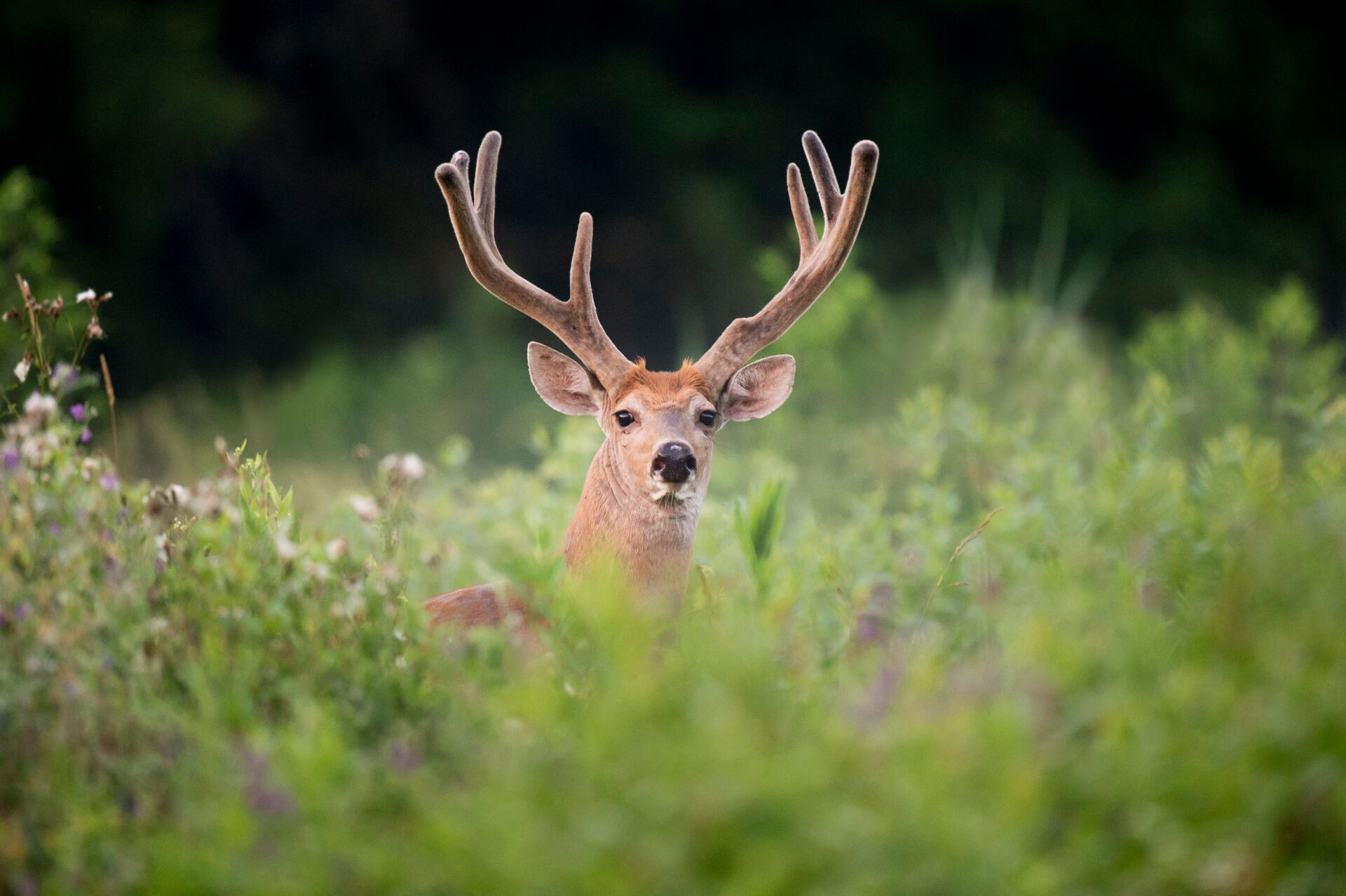
Improve Your Deer IQ With HuntWise
Whether you're looking to increase your knowledge of deer biology or are planning a pre-rut hunt, deepening your understanding of velvet and its impact on deer behavior will provide a broader context and critical insights into deer movements during this fascinating time.
Along with understanding velvet on deer antlers, you can further your understanding of deer behavior, gain crucial information on rutting and weather patterning, and learn from seasoned pros with HuntWise. With mapping insights, rut guides, moon phases, and much more, you can better time your scouting and hunting efforts to match each stage of the whitetail's antler growth.
Don't have HuntWise yet? Now is the time to download it and explore the app free for your first week!
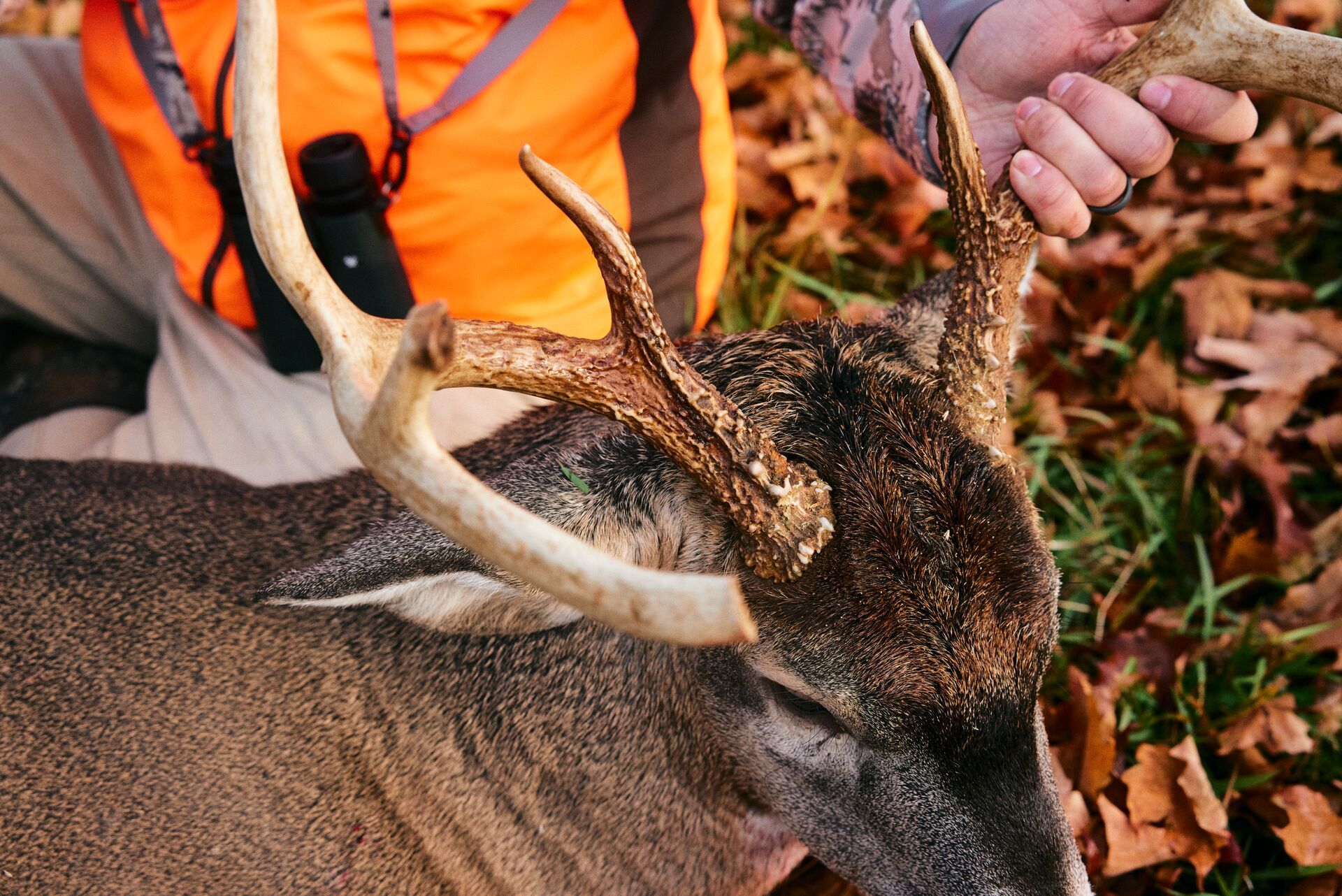
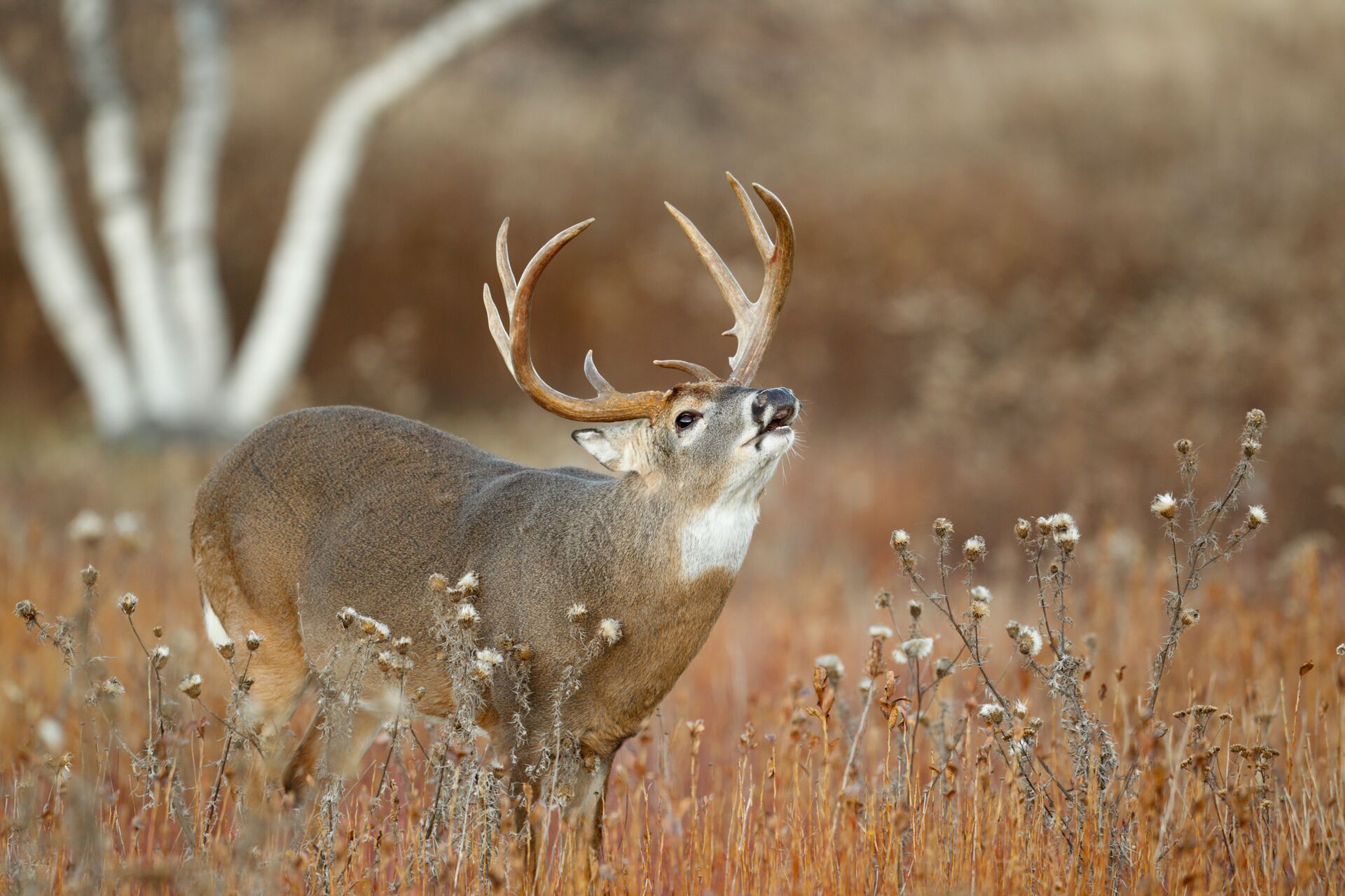

 Deer
Deer Deer
Deer Deer
Deer